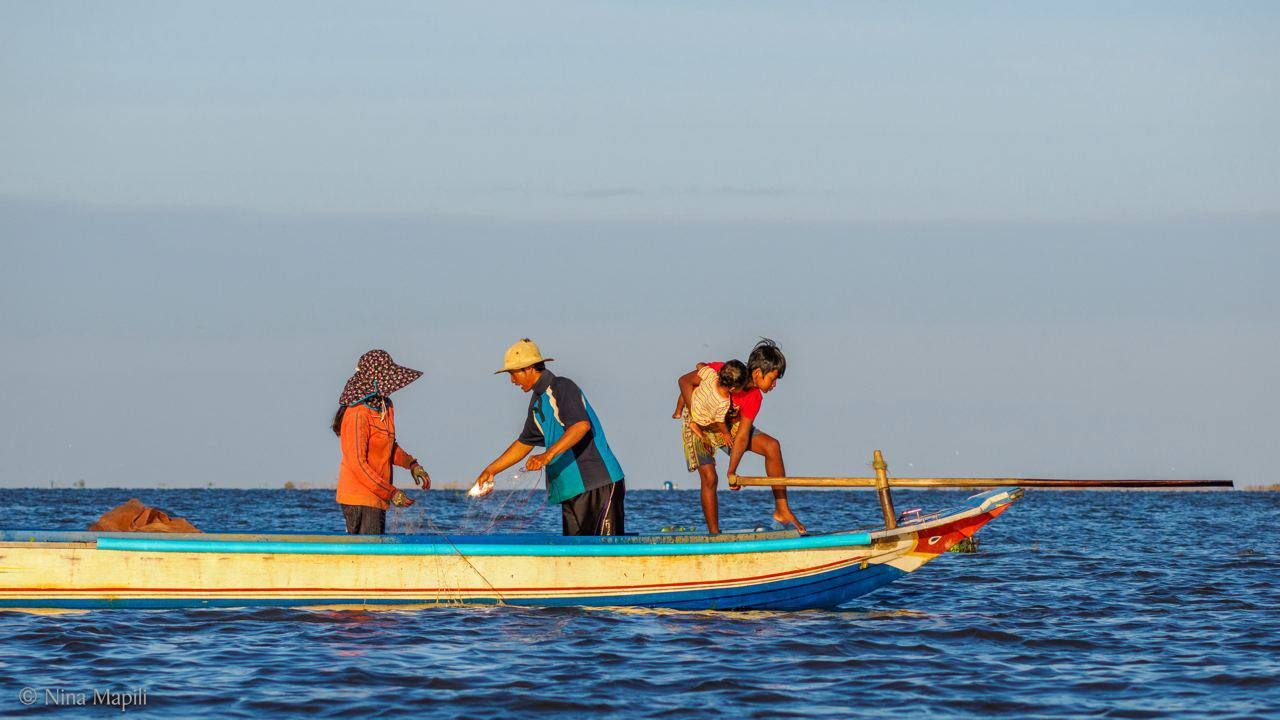Cambodia is one of the most wetland-dependent countries in the world. More than 46% of its people live and work around these vital ecosystems and 80% of the population rely on them for food. Tonle Sap Lake is the biggest freshwater lake in southeast Asia, which comprises of 2,500-3,000 square kilometers in dry season, and expands more five times during the rainy season.
This lake is a critical habitat for diverse flora and fauna, including 225 fish species, 42 reptiles, 225 water-birds and 46 mammal species. In addition, it supports the Cambodian economy mainly has assisted the Cambodians’ livelihoods depending on the resources and contributes 5.5% of the total gross domestic products. The Fisheries Administration estimated annual catch was 413,200 tons in 2020. Approximately 1.7 million people live in or around the Tonle Sap floodplain, and the lake’s fisheries are a vital food source – anually, local people consume on average of 57.8 kg of fish per person, which translates approximately on 80% of animal protein in their diets.
The Fisheries Administration has established 516 Community Fisheries (475 inland and 41 coastal), accounting 332,168 members (35% females) to co-manage and sustainable utilize the fishery resources to equitable economic, social development and poverty alleviation in the community fisheries nationwide.
However, the fisheries are under pressure and threated in many ways – including illegal fishing gears, overfishing, climate change, hydropower development in upper Mekong, limited law enforcement, deforestation of flooded forest, limited capacities of CFi committees, shortage of budget for community-based conservation action and poor livelihood condition.
The Community Fisheries Effectiveness Assessment conducted by Fisheries Administration in 2022 indicated that 61% of the CFis ranged between low and moderate, meaning that these communities need support, including institutional capacity, developing management plan, and networking.
The Living Lakes Biodiversity and Climate Project (LLBCP), implemented by FACT, has been contributing to strengthening the capacity and sustainable livelihoods of both Phat Sanday Community Fisheries (CFis) and Toul Neangsav Phlov Loung Community-Protected Area (CPA) in Phat Sanday commune, Kampong Svay district of Kampong Thom province in order to sustainably manage and conserve the local fisheries resources at both former fishing lot #2 and core zone of Stung Sen Ramsar site. Over there, approximately 95% of villagers depend on natural resources for their livelihood and income-generation.
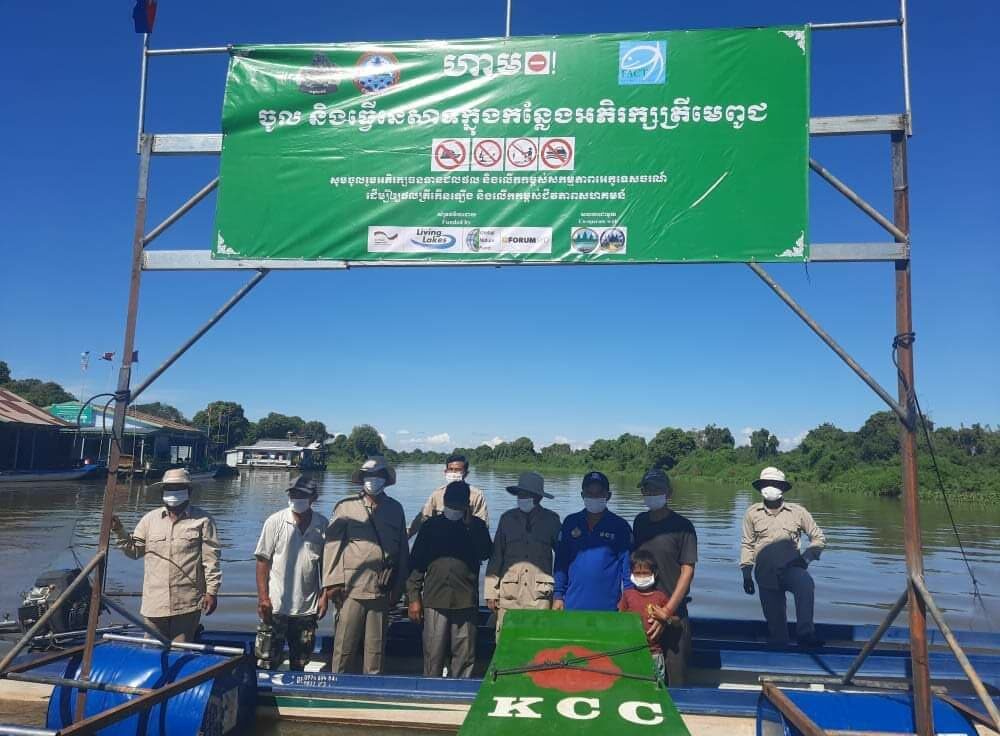
Promote sustainable organization and technical capacity of the Community Fisheries Committee to effectively and sustainably conserve and manage the fishery resources
FACT promotes the community-led conservation approach in order to ensure the ownership and utilize the fishery resources in a sustainable manner. As part of the LLBCP, Phat Sanday CFi and Toul Neangsav Phlov Loung CPA committees have been receiving constant capacity building support – the communities had strengthened and increased institutional capacity regarding planning, execution of the action plan, and reporting. In addition, FACT has enhanced the committee’s capacities for applying technologies in conservation.
For instance, ten committees received 2-day training on SMART patrol, to help them monitor and register information accurately.
Also, 8 committees and members had built capacity and applied KoBoToolBox for conducting daily fish catch monitoring that provides sufficient data related to fish diversity, catch trends and income from fishery resources.
To ensure the sustainability of the fishery resource and protect the ecosystem, the project has financially supported the patrol teams to oversee the 921 ha of Phat Sanday CFi and 133 ha of the Toul Neangsav Phlov Loung CPA.
Through this conservation effort, fish stocks and fish catches around the conservation areas have remarkably increased, from 15 tons in 2019 to 75 tons in 2023, and fish catches have increase on average from 9 kg to 30 kg per day per family, and they earned around USD 15 per day in 2023.
Improve livelihoods of the members through community-based ecotourism (CBET) and other livelihood diversification income sources
In Cambodia, ecotourism and CBET can be practical tools to promote nature conservation and generate income and employment for residents. Building upon the “Improvement of the livelihood of fishers through protection and management of the natural resources at Tonle Sap wetland complex in Cambodia” project -funded by the German Federal Ministry of Economic Cooperation and Development (BMZ) through Global Nature Fund (GNF), from 2019 to 2022-, FACT has continued to enhance the capacities of the Phat Sanday Community-Based Ecotourism sub-committee, with a total of 7 committees on the ecotourism management, including guideline of management and development ecotourism, standard of ecotourism, code of conduct and methodologies of a professional guide, hospitality, homestay housekeeping, hygienic and food safety, and marketing strategy in order to promote the ecotourism services reaching out to the tourists.
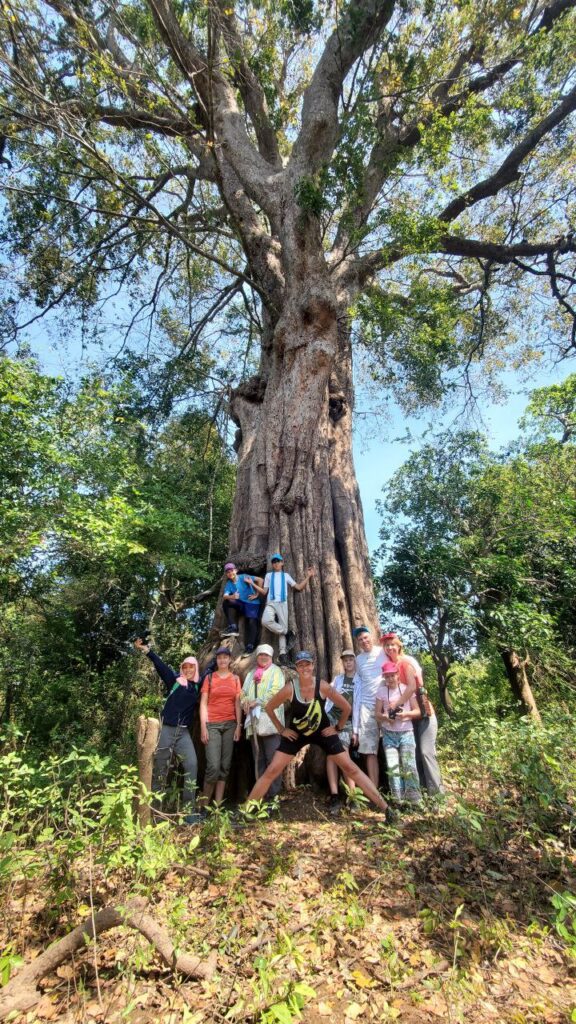
As of November 2023, the CBET hosted 1,636 tourists, earning USD 11,300 and financially contributed to conservation efforts of USD 2,673. Essentially, Phat Sanday Community-Based Ecotourism received an appreciation certificate for providing good ecotourism services from the Kampong Thom Provincial Department of Tourism and Kampong Thom Provincial Administration in November 2023.
The hardest challenge for this emerging ecotourism industry was the global pandemic, but it is now thankfully recovering. LLBCP in Cambodia has continuously invested in developing ecotourism infrastructures and skills, including green floating eco-market, floating eco-lodges, multi-purpose center, know-how, market and networking.
Phat Sanday CBET has also connected Tonlesap Ecotourism Network (TEN) which was jointly established by FACT and the National Committee for Management and Development of Tourism and Ecotourism of the Ministry of Tourism in November 2022, which provides a useful platform for CBETs in Tonle Sap Lake to meet, share and learn about the ecotourism development and moving forward.
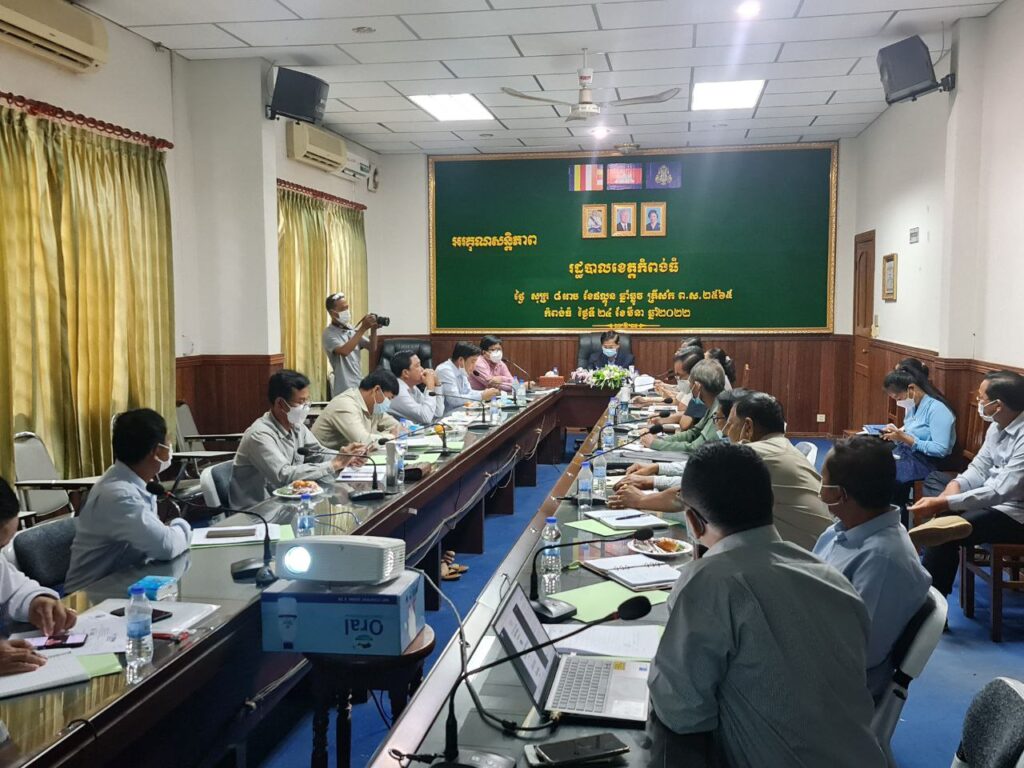
Enhance the co-management and multi-stakeholder engagement in the fishery resource protection
The LLBCP has built upon the existing approach to continue strengthening an existing national and Kampong Thom provincial Technical Working Group of BMZ-funded project (2019-2021), which was established in May 2019 and officially acknowledged by the Kampong Thom provincial governor via his Decision dated September 2020. Through good collaboration and coordination, FACT succeeded in revising the Technical Working Group and was officially approved by Kampong Thom Provincial Governor on 21 April 2023.
This technical working group aims to oversee projects related to conservation and livelihood aspects, including planning, monitoring, coordination, addressing challenges, and providing recommendations for effectively implementing the projects. In addition, LLBCP will also work closely with the General Directorate of Administration for Nature Conservation and Protection of the Ministry of Environment because it’s under the supervision of the Ministry of Environment to manage and coordinate the work of biodiversity conservation to the appropriate and sustainable use of natural resources in protected areas.
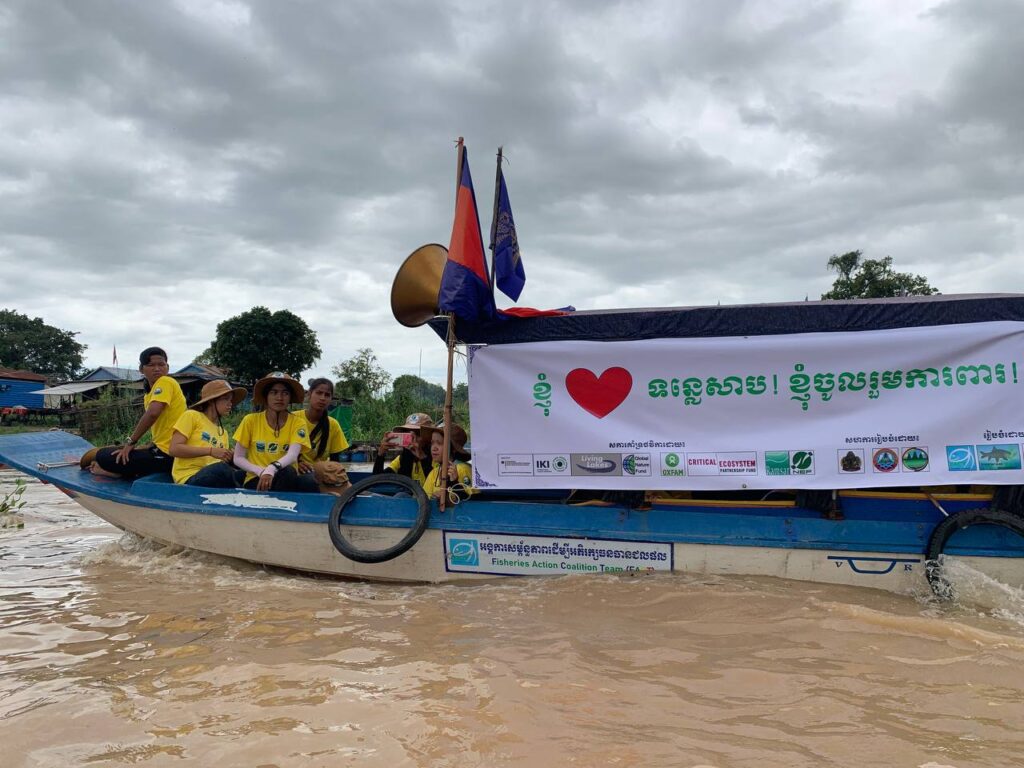
Youth mobilization and leadership in fishery resources management and local livelihood improvement
Cambodia is a very young society – about 65% of the population is under 30 years old. FACT is encouring youths in the local communities, and in universities across Cambodia, to be active biodiversity and climate change agents by providing the opportunity to be involved in the LLBCP project. Three youths from Phat Sanday CFi and a well-known university in Cambodia (Royal University of Phnom Penh-RUPP) were sent to participate in the 2nd Sustainability Leadership Journey in the Philippines in October 2023.
Moreover, at least 70 youths in Phat Sanday have been engaged in an awareness-raising campaign to promote local understanding of natural resource management, climate change impacts, and adaptation in floating villages. In the near future, FACT will host learning visits of the youths in various schools and universities across the country to learn about the biodiversity conservation and the livelihood of the community.
Text and images by Fisheries Action Coalition Team (FACT)

